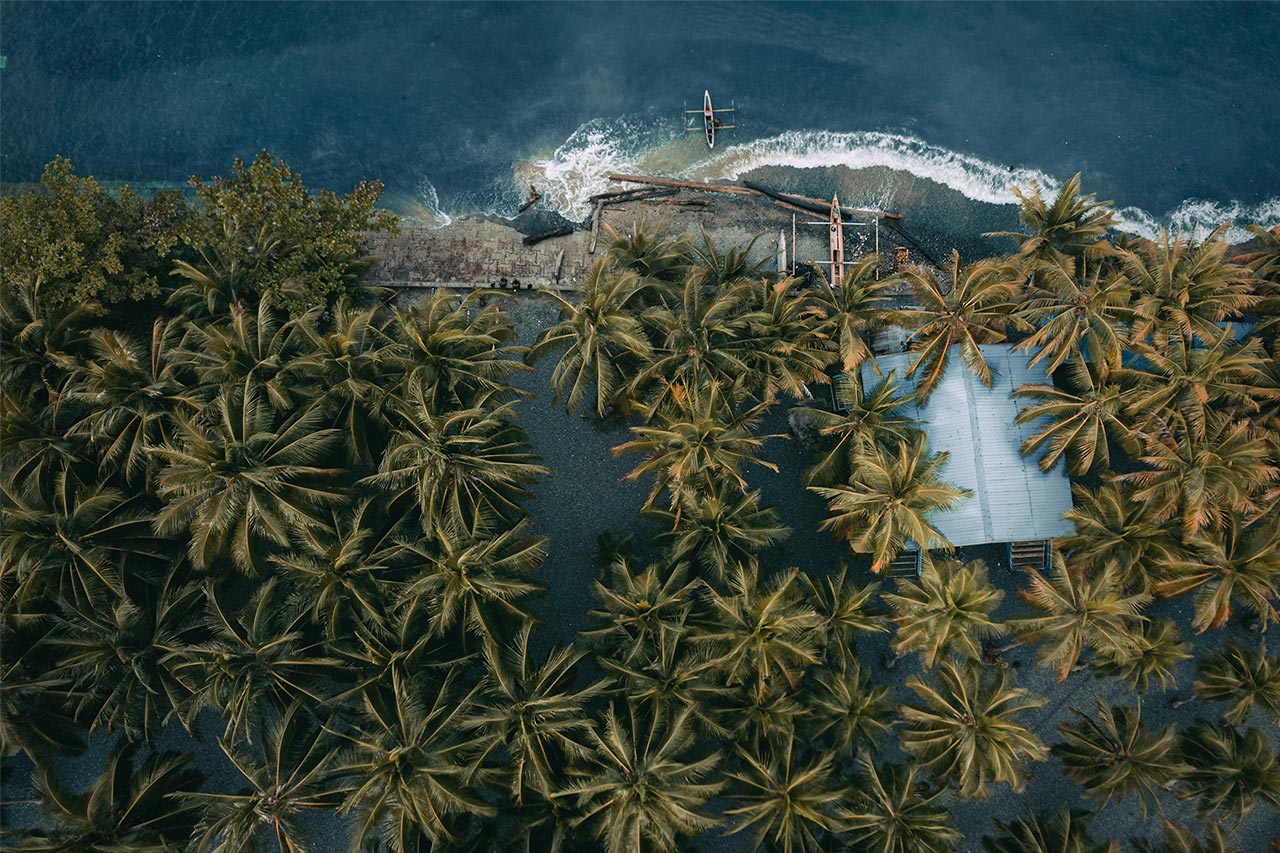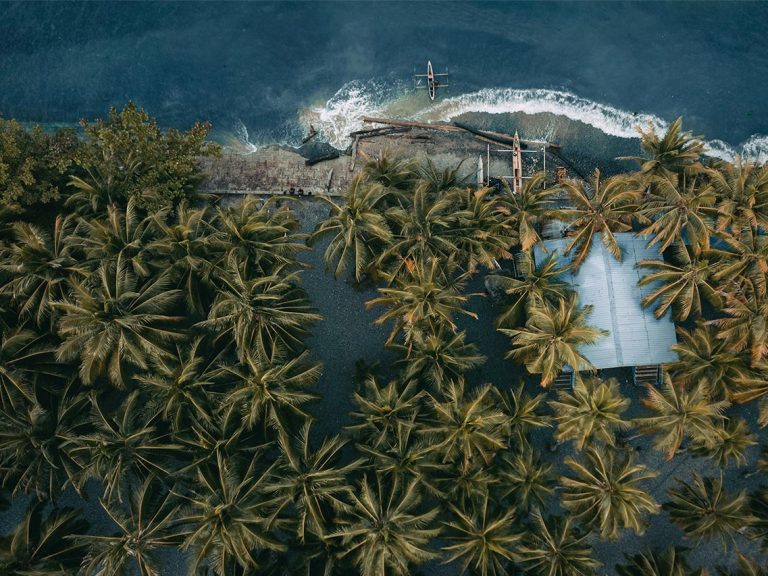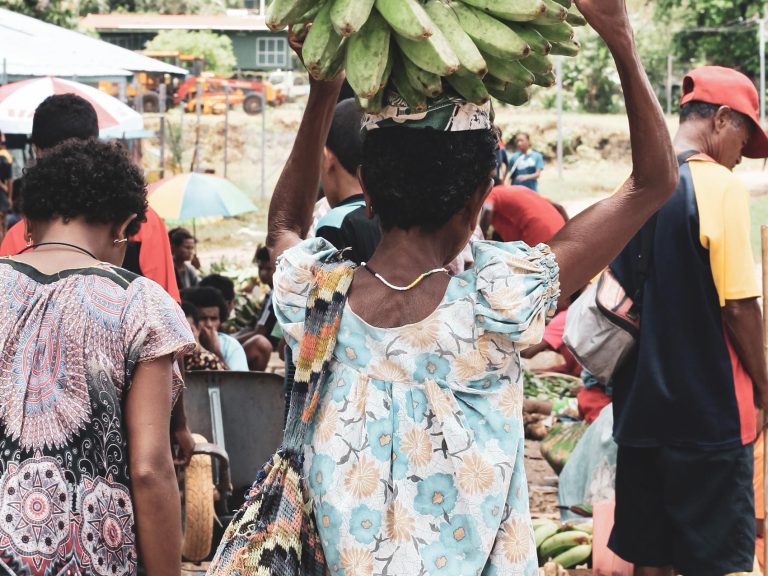I was guiding a cargo ship through a narrow channel called the Buka Passage in Papua New Guinea in the 70s (but that’s a story that would take longer to tell). The passage is only about a couple hundred metres wide with a clear view of the shore on both sides, and both were littered with broken glass.
The starboard shore glinted brown in the sun and the port shore glinted green. We were carrying beer from two breweries and at the time there was no return bottle-service. The result presented a horrifying picture. Being a solutions focused person, I raised the idea of creating a ‘closed loop’ service with my husband, the ship’s captain.
He warned me that the breweries would not be interested. I pursued the idea, and as predicted we lost our contracts. The glass-covered shores remained glinting in the sun, and in my nightmares I still see not just a layer of glass but growing mountains.
Life is about learning. This memory is just one of the many that have become the building blocks of my design approach that I believe offers so much to businesses and organisations in this modern world.
“The starboard shore glinted brown in the sun and the port shore glinted green. We were carrying beer from two breweries and at the time there was no return bottle-service. The result presented a horrifying picture. Being a solutions focused person, I raised the idea of creating a ‘closed loop’ service with my husband, the ship’s captain.”
I realised what modern life was doing to pristine environments. I knew that businesses needed to be aware of the natural world around them as part of their planning for the future.
I have always been future focused. Driving with my family when I was younger we used to indulge in fantasies about the future. We were always talking about what might come and digging around for the signs of change. That boundary-free thinking and interest in the future remains and I’m deeply aware of what that means for our society.
I wore out my welcome at my school because I used to ask too many questions, and the same result happened at university. My father encouraged his children to be entrepreneurial and our mother encouraged us to be creative. This is why, even now, I think differently about problems and challenges and finding the right path to answering them.
While my style was a problem for my school and university, it has become a strength when working in the business world where I found my niche.
While presenting to a business group in the very early 90s, I was struck by the idea that the concept of design was not easily understood by non-design types. People tended to ‘feel’ when something was badly designed but lacked the ability to describe why. All they could say was: “for some reason I don’t like it”.
I wondered how we might optimise the design process. Good design requires a variety of thinking styles, and my team has always been made up of both creatives and process thinkers, both thinking styles being equally valued. We figured out that effective design could be broken down into a number of steps and filters that would enable both designers and non-designers to bring their different approaches to the task of finding the best solutions.
It became obvious to me that all businesses need to bring their different views and knowledge together and encourage disagreement in order to generate the ideas and plans that will take their work to new levels of achievement.
My design thinking model embodies what I have learned about people, planet and profit throughout my life. It’s about businesses taking advantage of their resources in new ways. By resources we mean beyond finance. We can think of time, skills, experience and will as resources. We need all of these in order to thrive, not just survive. The goal here is to bring together and care for society, the environment and the bottom line.
After talking to businesses, the next step was putting it into a framework that business could use. There was a widening gap between society, the environment and business and we needed to close it.
“It became obvious to me that all businesses need to bring their different views and knowledge together and encourage disagreement in order to generate the ideas and plans that will take their work to new levels of achievement. “
I began with my memory of mountains of glass in Papua New Guinea. Here in New Zealand today, the mountains of rubbish we produce, and fail to properly dispose of, brings a similar sadness.
But my models can help bring forward answers that work. We have come a long way, but we have a much longer way to go. I can remember a time when throwing rubbish out the car window as you drove along was normal. The emergence of recycling bins and campaigns such as All Right? attest to the changes that we are going through, not just for the environment, but for people, but that is still not enough. We need to lift our game, and make care intrinsic to what we do.
This is New Zealand’s greatest opportunity.
As we demonstrate in our design model, the first step is understanding your business’ purpose and the final step is coming up with new ideas that align with your purpose. I look forward to talking about this more in a future post.






